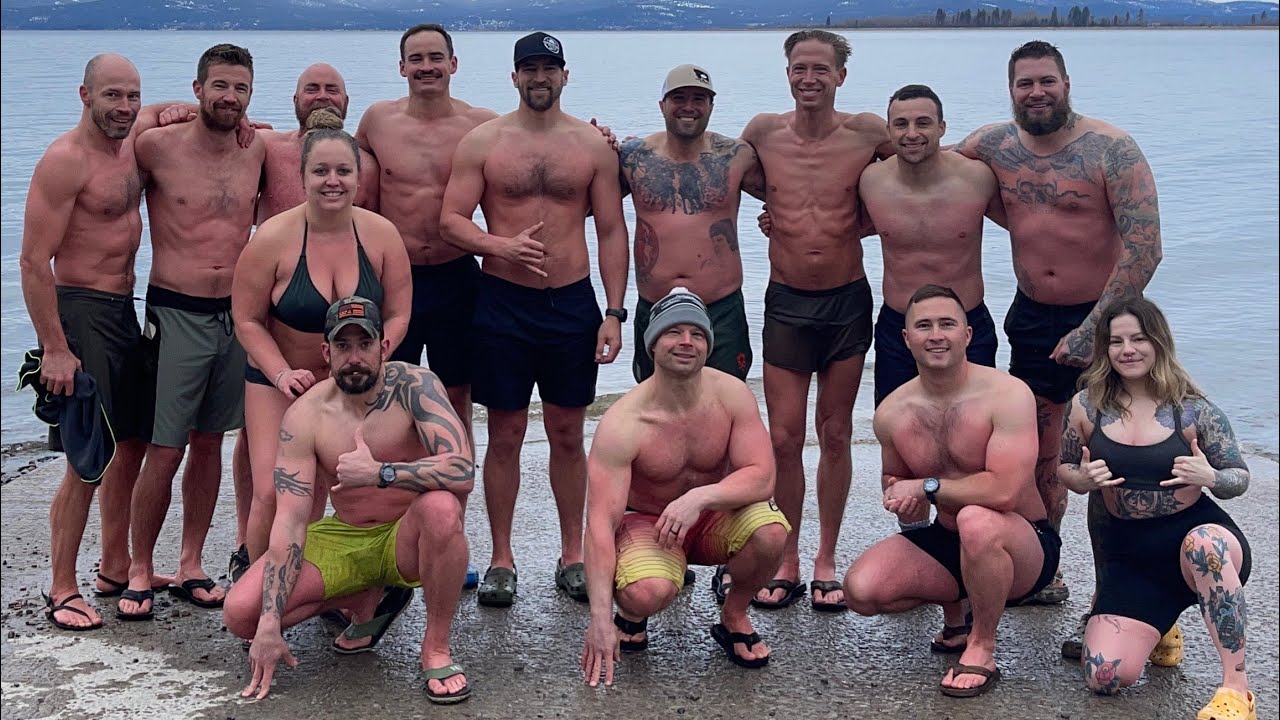“Time stops for no money” - Ray LewisIt was the fall of 2014 and the idea for my first startup, Limelight, came to me. What I wanted to create was a platform where users can see other users on a map and request a photo from them to have a real-time look at that location. It was a way for people to have an objective view of the world.It was a great concept, but poorly executed starting with the development of our minimum viable product (MVP). I brought a developer to the team that was a front-end iOS guy in September. Shortly after, a back-end developer from the University of Illinois-Urbana in November. A week later, the last piece came together; a designer.What I want to share is what happened, the mistakes I made, and how I would have done things differently.Once I had the team in place, development on the back-end started in mid-December. Our designer put together a few test screens for the initial look of the application before going dark on us for a few days. It’s a startup, it’s not for everyone and I get that. I came to find out he had some relationship woes that he needed to address before he could continue. I understood and communicated when we expected him back at work.Three weeks passed until he surfaced and as you can imagine our development cycle had a severe bottleneck. Unsurprisingly, he quit after I welcomed him back. The consummate hustler he claimed to be evaporated leaving us looking for another designer. We eventually released the product, but the development time it took to release could have been mitigated with a different approach saving us time and money. It cost us a total of $80k to bring our app to market.

I should have started with the wireframes first. Starting here would have been most cost effective and would have given me more time to raise while also keeping our burn under control. As you can imagine, there was a point where our developers were collecting a check to wait. Sounds like some parts of the military where hurry up and wait is the perpetual norm, but in this case it had a direct correlation to our company’s bank account. I would have started there before committing to any development time.Once the wireframes were in some of our prospective user’s hands, I would have started the process of finding developers. You would have to hire for technical skillsets that your app needs, but I would have aimed for full-stack developers (knows both front-end and back-end development). By the time I identified who would join our team, I would have had feedback and an iteration completed on the wireframes. Just in time for a team to start the build out of the application.
It took me a total of four months to assemble a team that would have been the first hires of the company. Admittedly, I was relying on finding people that would come on board with a hope and a dream. Not only was this limiting, but it took four months to assemble the team. That’s four months that I wasn’t on the market, and four months that I wasn’t doing customer development.If someone ever disrupted the time-travel industry, I would go back to 2014 and just hire a complete product team to handle the entire process. A competent team would have had a designer on-hand to design the wireframes and developers to create those wireframes. All led by a product manager that built camaraderie with the team allowing them to optimize their strengths to create the best possible product. I failed in that regard and left little time for the other important priority; traction.Using a product team to create an MVP would have halved the time to bring a product to market and given me greater ability to raise funding. Had we taken this approach, we would have gone further than we did.




%201.svg)









